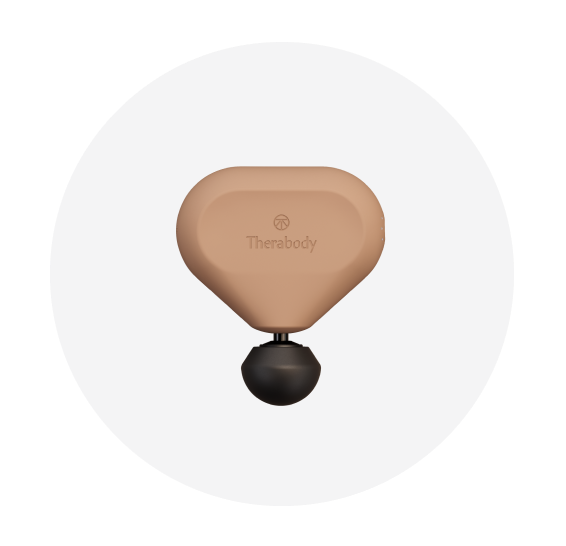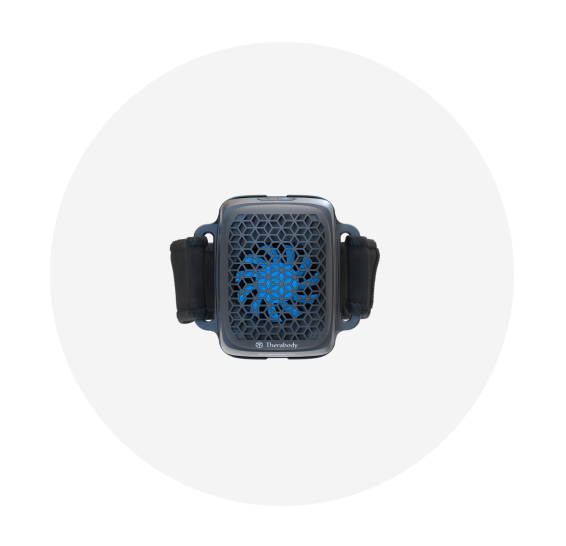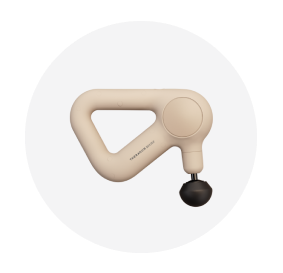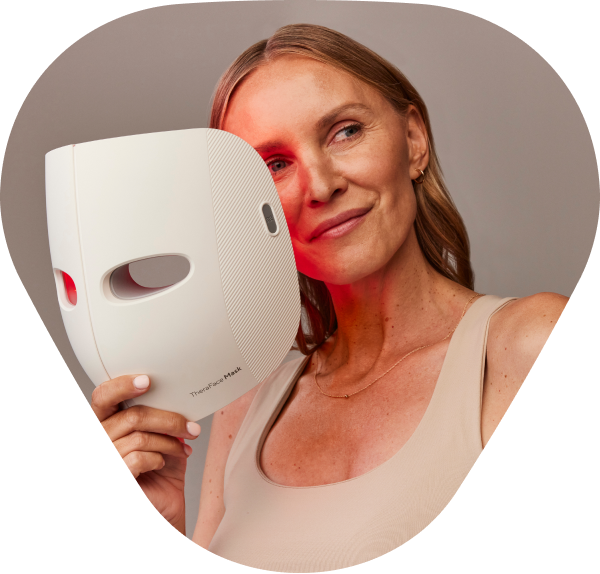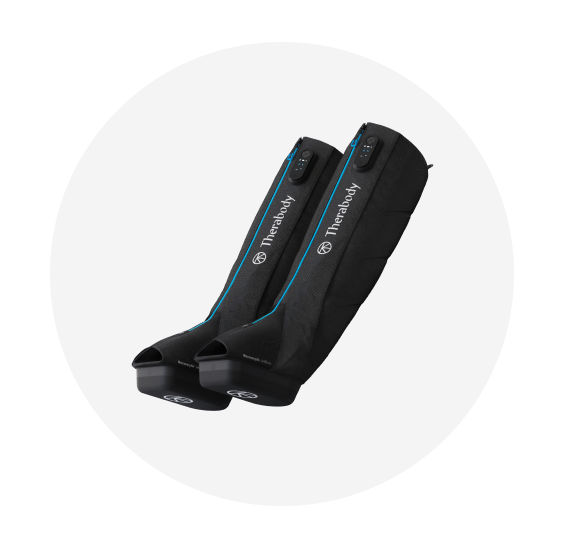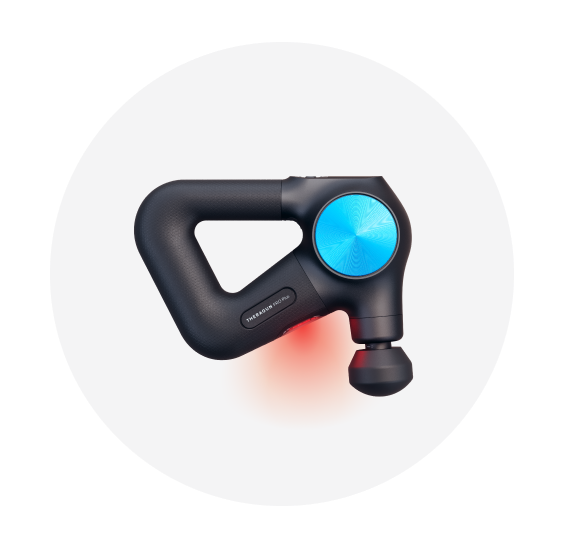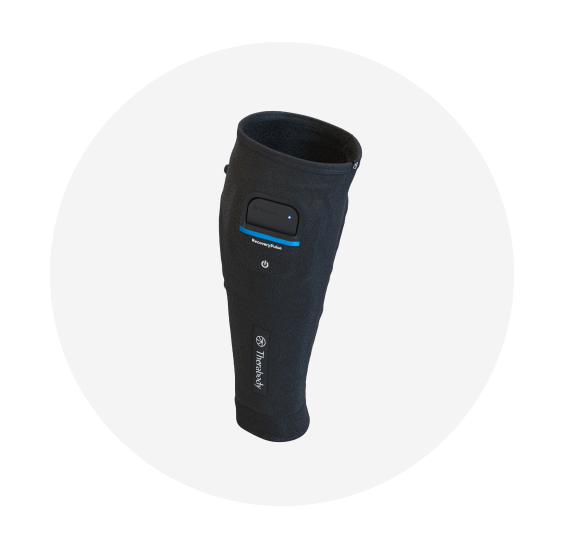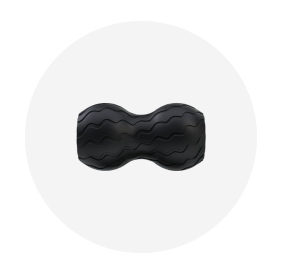Free shipping on orders over $99!
Explore new and featured devices.

TheraFace Mask
Firm, smoothe, glow. Powerful LED with vibration. Just 9 minutes a day.

Theragun PRO Plus
Our most cutting-edge multi-therapy device, designed to help you go harder and recover faster.


Use your FSA/HSA card or dollars on qualifying products
Learn more here.
Learn more here.

Buy online, pick up at any Best Buy location. Find a store.

Buy now, pay over time with Affirm
Learn more here.
Learn more here.








